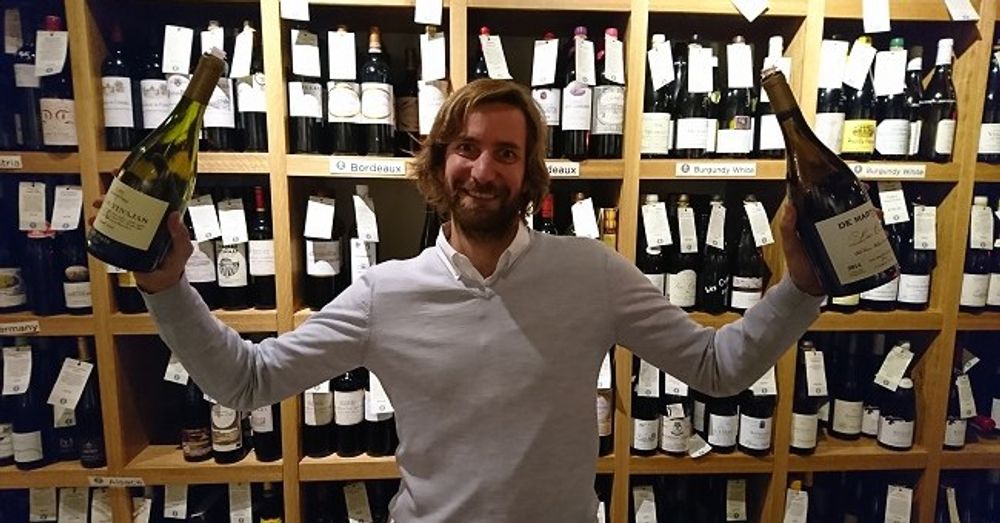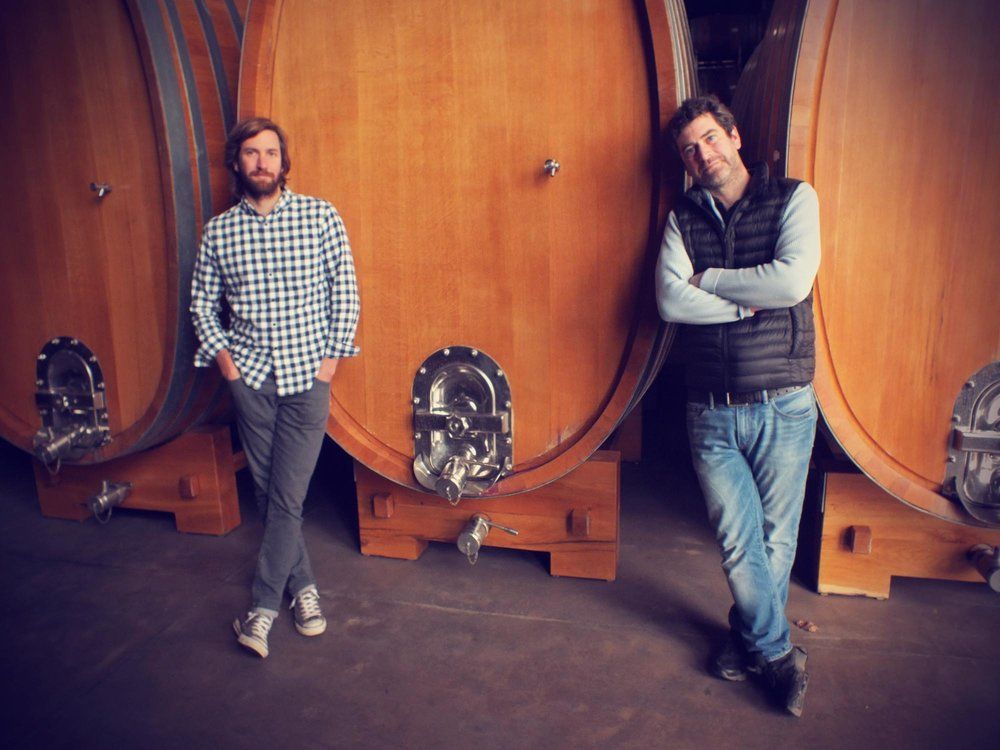Sebastian De Martino showed off eight of his wines at a special dinner in Berry Bros. cellars.
When Sebastian De Martino declares that “we consider ourselves more vine-growers than winemakers,” you begin to understand the philosophy that underpins the Chilean winery’s whole approach to producing its wines. At a splendid tasting with food at their new distributors, Berry Bros. & Rudd, the wines spoke of a sense of place, exhibiting glorious fruit quality and real drinkability.

Sebastian De Martino
De Martino are indeed large-scale producers, making 1.8 million bottles per year, but their creed is organic farming with an emphasis on sustainability. All the reds tasted were under 14% abv at 13-13.5%, with elevage taking place either in old wood or ‘viejas tinajas’ (old clay amphorae). “We like balance, intensity and honesty in our wines,” De Martino mused. All three qualities shone through in his wines.
A pair of white wines that we kicked off with were a treat. First, the 2018 Gallardia Old Vine White (£14.50, 11.5%), a blend of Muscat, Chasselas and Moscatel (all co-fermented) from the coastal region of Itata, 450 km south of Santiago, was fresh and light-bodied, seeing only partial malolactic fermentation. A much more complex white (2017 Viejas Tinajas Muscat, £19.95, 13.5%), also from Itata, had been left on the skins for six months and neither fined nor filtered. Cloudy in colour as a result, as well as being very full bodied, it is very much a food wine.

Sebastian De Martino happily admitted that ‘my everyday drinker at home’ was his 2016 Gallardia Cinsault, Itata (£14.50, 13%). Made from vines planted in 1982, fermented and aged in stainless steel, this was very light in colour and beautifully balanced, with strawberry fruit, super-soft tannins and fresh acidity. The 2016 Viejas Tinajas Cinsault, Itata (£19.95, 13%) was more complex with ‘more things happening’ as he put it. Generous red fruit and very well-integrated tannins were evident.
Then came the Old Vine Series (each priced at £33.50), all three of which were field blends and co-fermented. The first, the 2016 Vigno Old Vine Carignan (13.5% abv) had a sprinkling (15%) of Cinsault, Malbec and Pais. Produced from Maule vines planted in 1955 on granite, and yielding only half a kilo of fruit per plant, this wine was aged in old oak foudres (up to 5,000l), and had a beautiful acid line running through it.

The 2013 Limavida Old Vine Malbec, with some Cabernet Sauvignon and Carmenere thrown in, comes from the oldest vines in this series – dating as far back as 1945 – in northern Maule. Blessed with a very low pH, and therefore tasting wonderfully fresh, this elegant, gently extracted blend (13.5% abv) is a special wine.
So too is the 2016 Las Cruces Old Vine Malbec/Carmenere (75:25) from vines planted in 1957 in Cachapoal, 100km south of Santiago. Blessed with glorious fruit and a long finish, this 13% ABV blend, with its notable freshness and well integrated tannins, was a stunning wine with which to conclude.










































